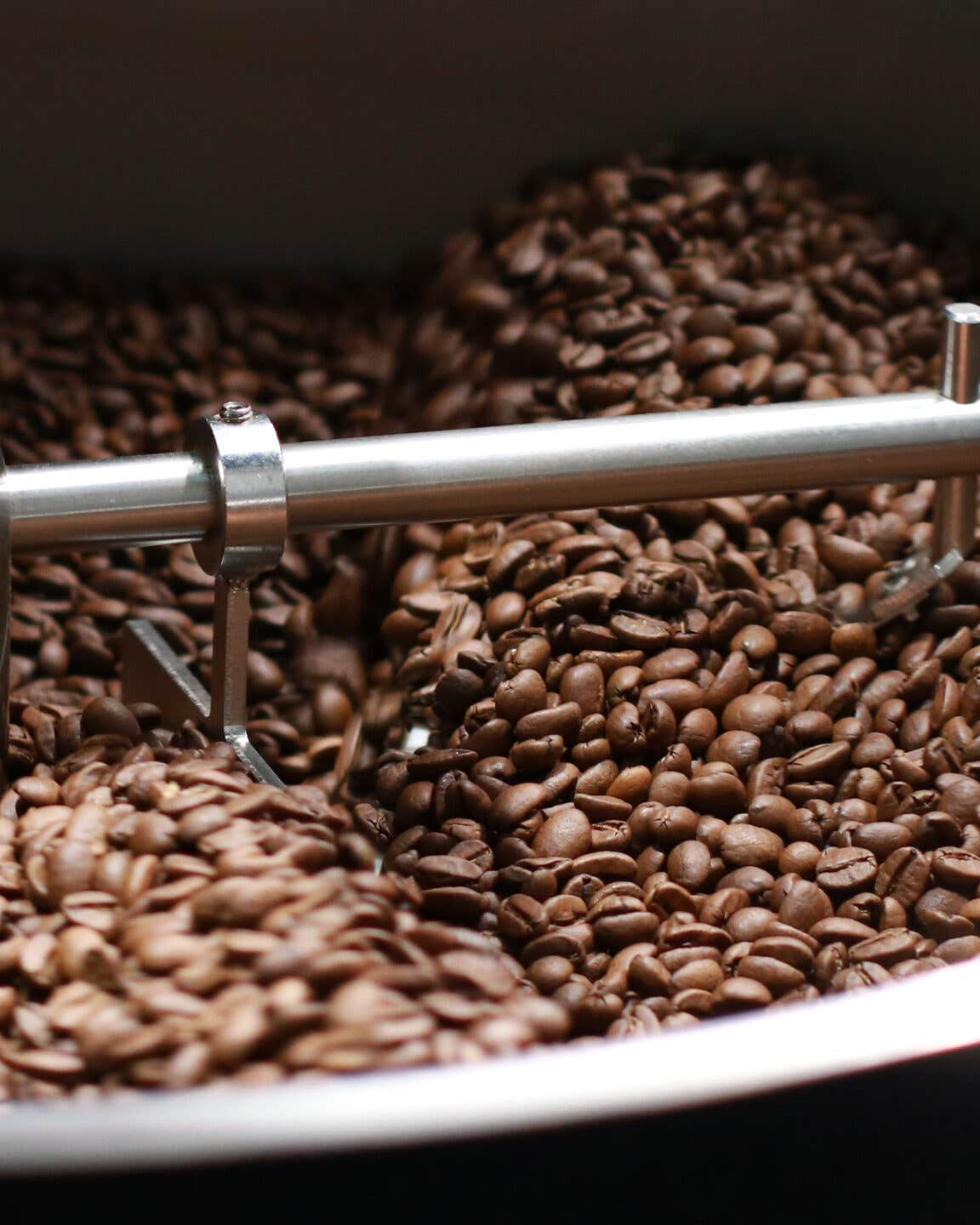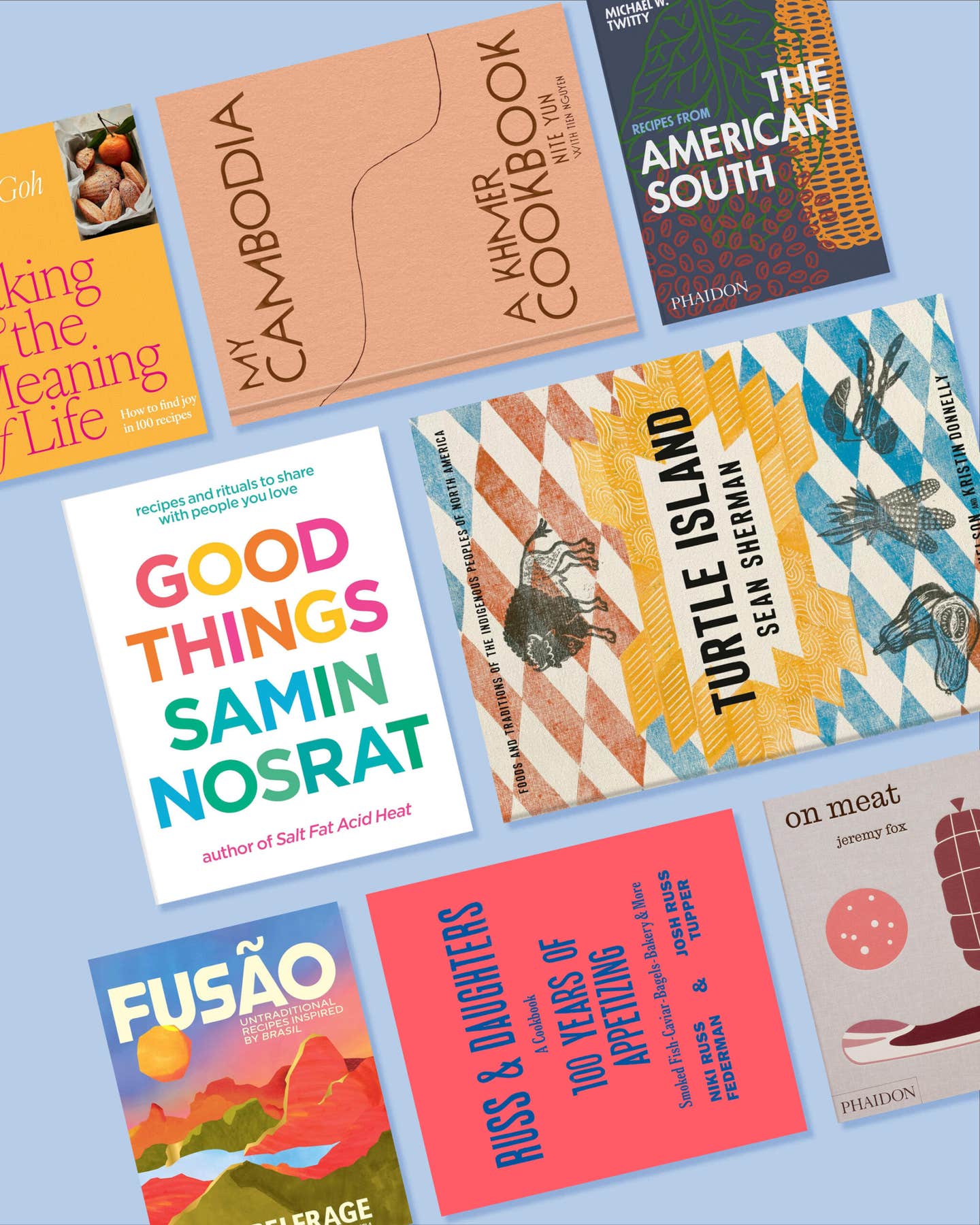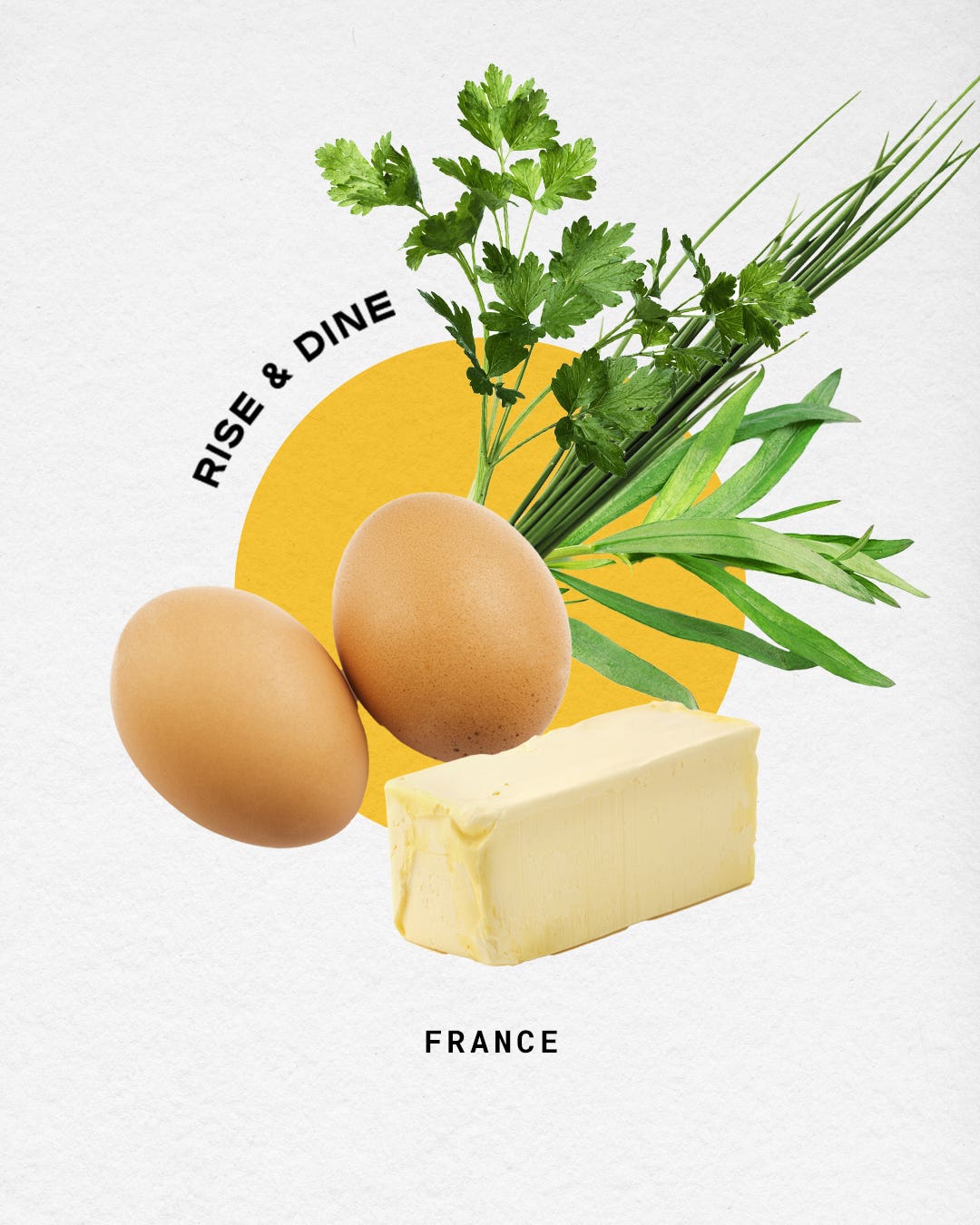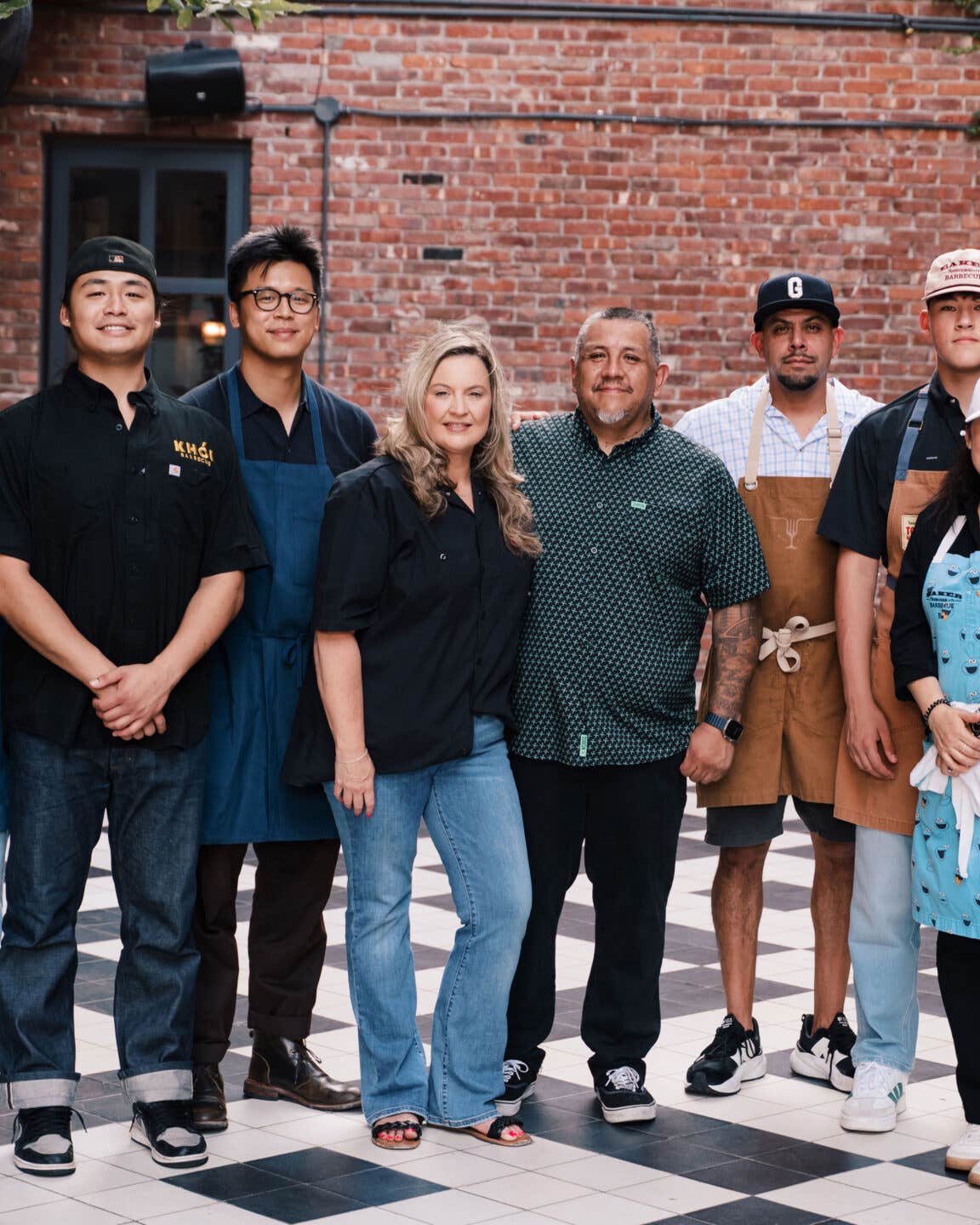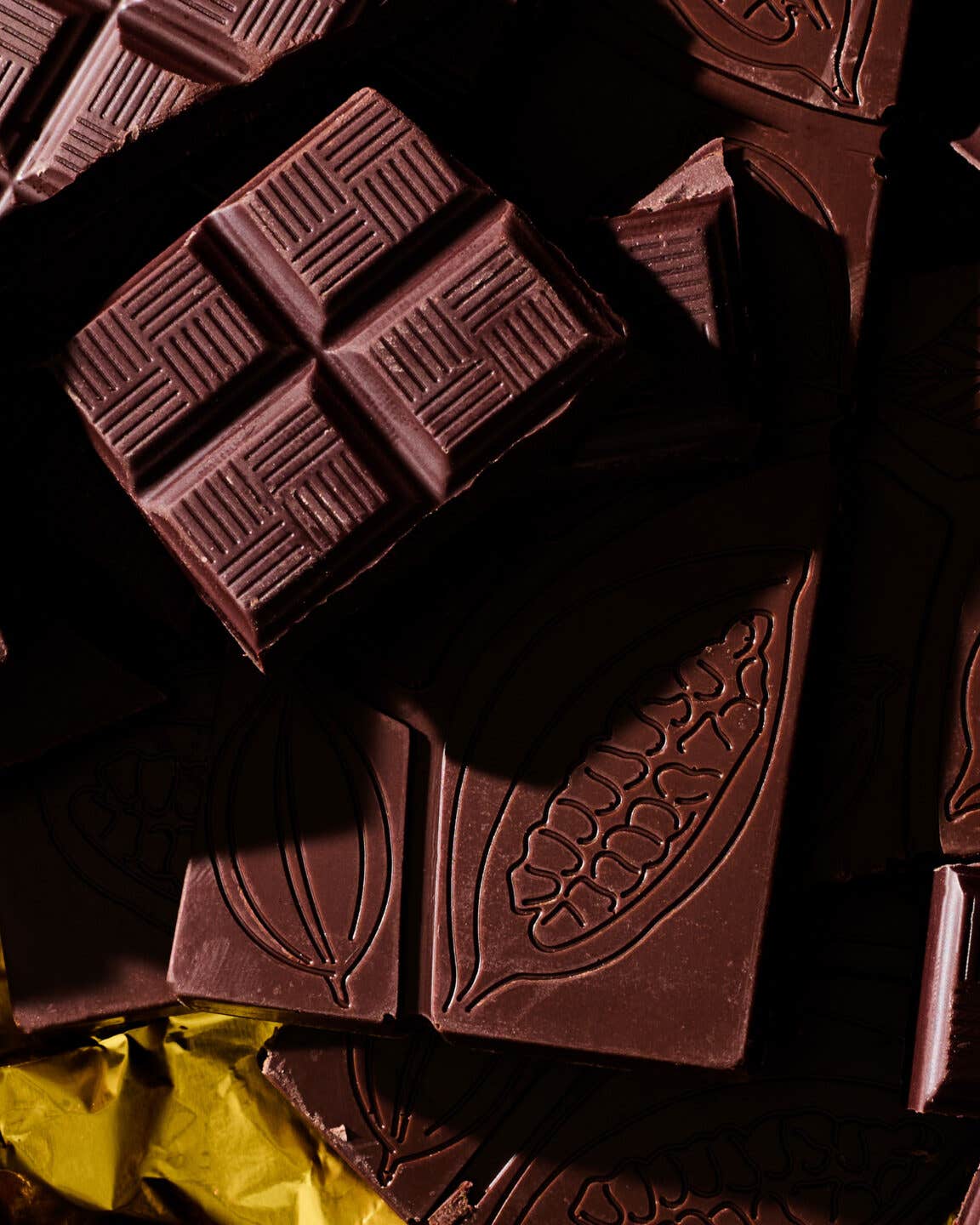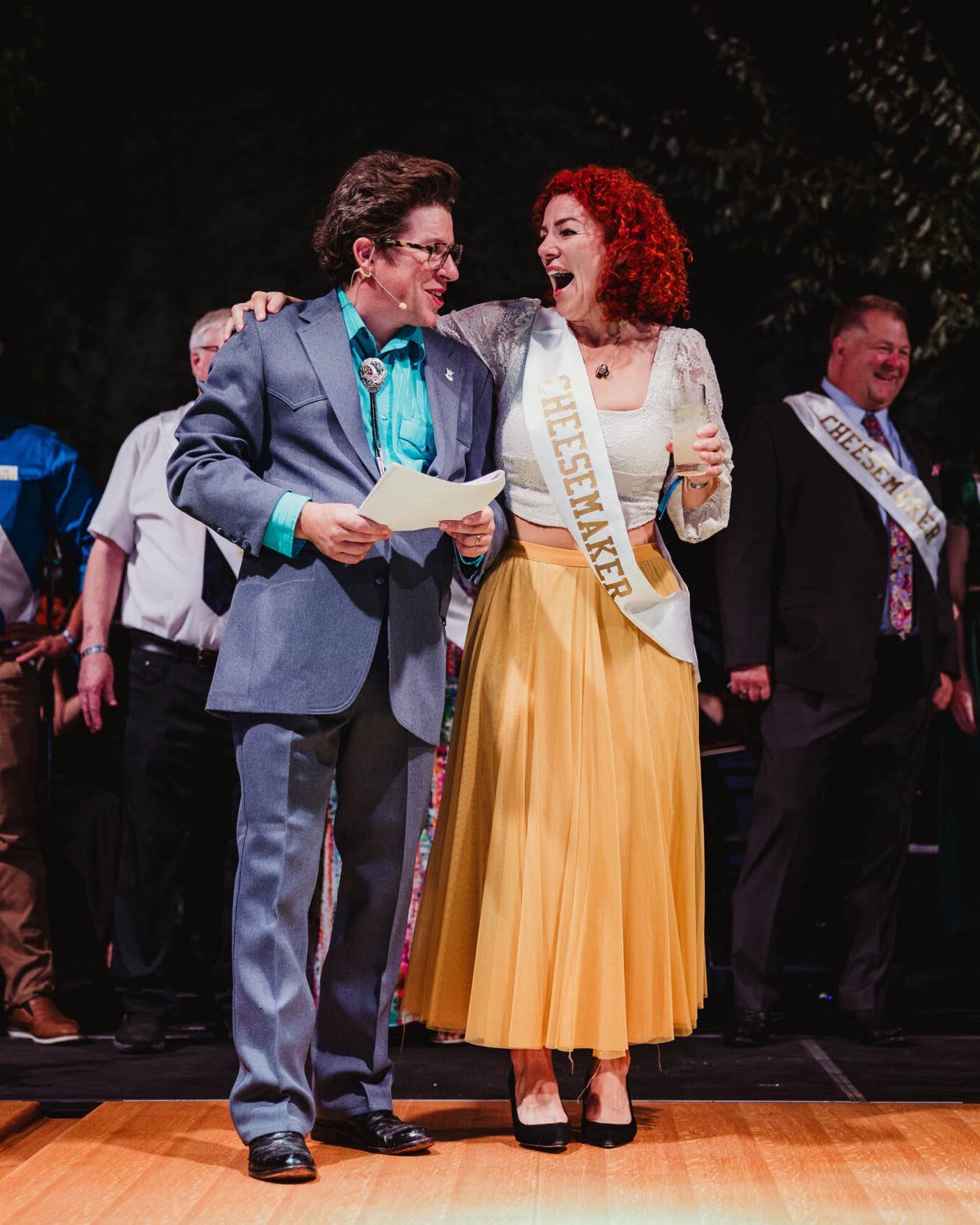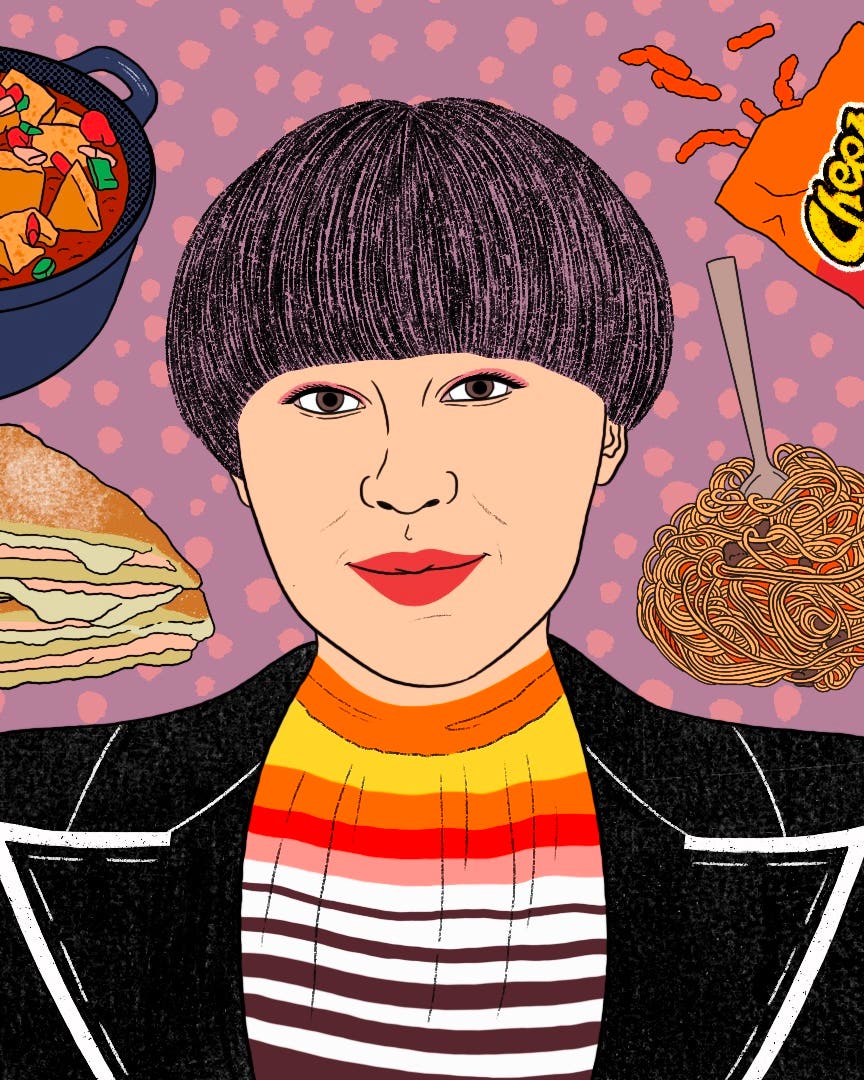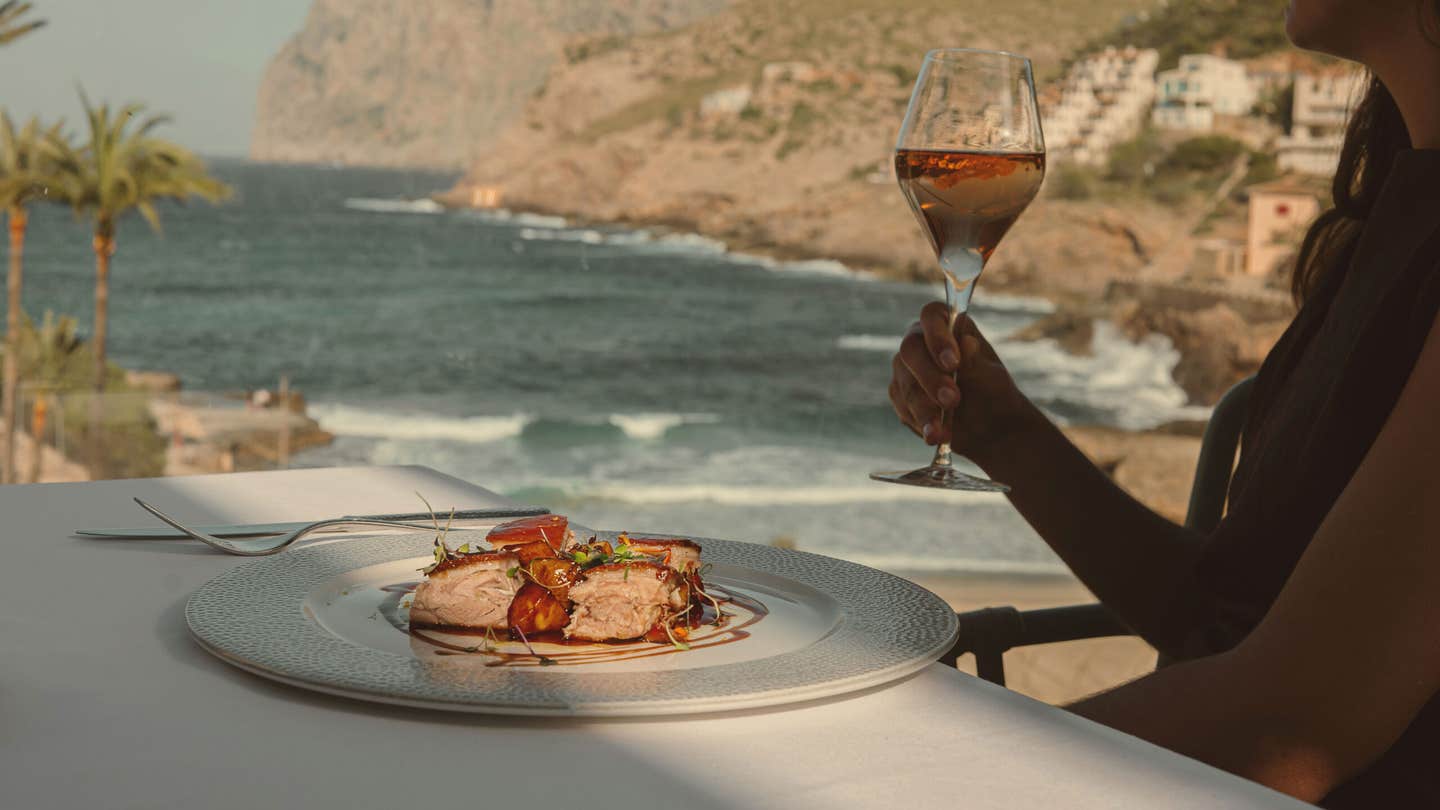Baijiu, the World’s Most Popular Spirit, Is Coming for Your Cocktail
The Chinese grain liquor isn’t just for shots anymore. Here’s everything you need to know.
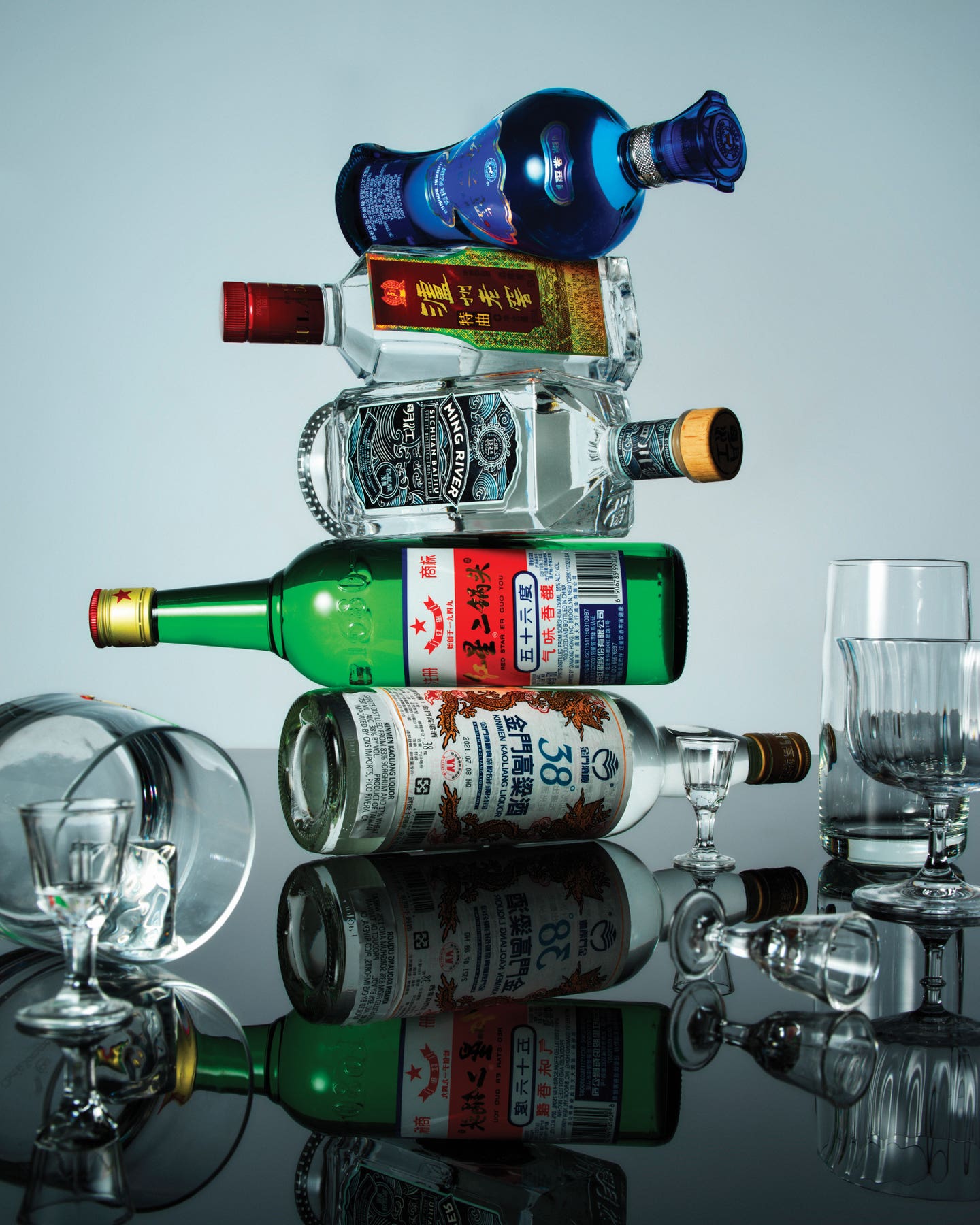
Trivia time: What's the most consumed spirit worldwide? If you guessed vodka, rum, or gin, give it another shot—it’s baijiu, China’s favorite liquor.
A lifetime of visiting the country of my ancestors has taught me that gatherings there often mean one thing: swigging, swirling, and spilling generous quantities of baijiu. For centuries, people have been crowding around tables and knocking back the grain-distilled alcohol at family reunions, business dinners, holiday celebrations—and average Thursday nights. “It’s so ingrained in the culture that I took it for granted,” says SAVEUR contributing editor Jessie YuChen, who grew up in Taiwan.
Yet globally, the spirit remains obscure: For most of my life, I hardly saw it outside of China and Taiwan, and even today, the vast majority of the world’s baijiu is produced and consumed in these two places.
But lately, unbeknownst to many, baijiu has sprung its borders—and is shedding its reputation as a staid beverage best enjoyed neat. Today, more and more bartenders around the United States are seeking out the spirit and turning it on its head: infusing it with botanicals, stirring it into juice, lacing it with tinctures, and shaking it with ice. By thinking outside the realm of shots, they’re turning a new generation of drinkers into baijiu devotees.
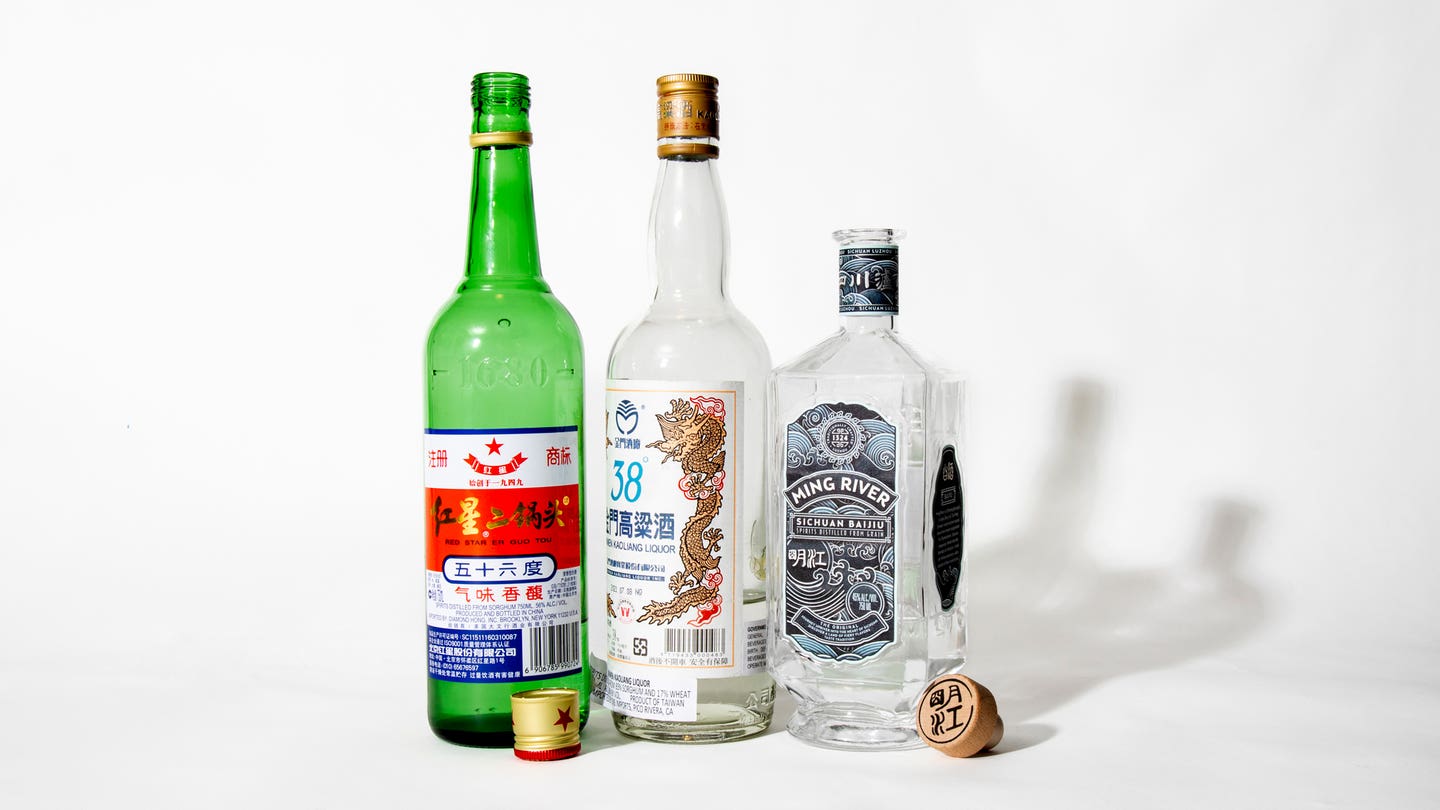
What is baijiu?
Baijiu is a clear alcohol made by fermenting grains (usually sorghum) with jiuqu (aka qu), a dried, grain-based starter culture that’s been used for millennia. Jiuqu’s microorganisms (such as yeasts and molds) convert the grains’ starches into alcohol, resulting in “more distinctive flavors than you find in many spirits,” explains Derek Sandhaus, author of Baijiu: The Essential Guide to Chinese Spirits and co-founder of baijiu brand Ming River. The end result often exceeds 110 proof.
Ernest Lesmana, bar manager at Sumiao Hunan Kitchen in Cambridge, Massachusetts, describes the beverage as “a clear alcohol that has the complexity of a dark liquor.” Much like whiskey or rum, baijiu isn’t just one thing—it’s an umbrella term for a spectrum of styles, which are divided into four primary aroma categories. Different regions produce remarkably divergent flavor profiles: One bottle may remind you of floral sake, while another might be savory with soy-sauce notes.
The four big aromas
Rice-aroma baijiu is distilled from rice grains using rice-based qu. With its clean finish and mild, floral flavor, “it’s probably the best way to jumpstart your baijiu journey,” Lesmana notes. Historic distillery Guilin Sanhua produces a popular version.
Light-aroma baijiu, made from a mash of sorghum and either pea-and-barley or wheat-bran qu, is typically fermented in stone vessels, yielding a spirit with melon and dried-fruit notes. Red Star Erguotou, Fenjiu, and Kinmen Kaoliang are a few household names that create this affordable style.
Strong-aroma baijiu, largely produced in Sichuan Province, dominates the Chinese market. Fermentation in clay pits, sometimes for decades, gives this style overripe-pineapple notes. Luzhou Laojiao, one of the oldest continuously operating distilleries in China, still maintains use of its 16th-century pits.
Sauce-aroma baijiu is pure umami, with woodsy mushroom notes. Several rounds of fermentation and distillation, coupled with aging, make bottles like Kweichow Moutai fetch thousands. “It’s like dark soy sauce coating your mouth and makes you want to eat more,” says Lesmana.
An intro to imbibing
First, make sure there’s plenty to eat—we’re talking high ABVs here. Next, keep in mind that communal baijiu-drinking is a ritual, at least in much of China and Taiwan: Traditionally, every willing adult at the table receives a shot glass not much larger than a thimble. After each pour, there’s a toast to at least one other person at the gathering, then everyone takes the shot simultaneously. “Reciprocity is expected, so watch your pace,” Sandhaus cautions, as it’s not uncommon to knock back 30 or 40 shots during a single dinner. (As kids, both YuChen and I would giggle on the sidelines while our respective, otherwise serious elders got progressively tipsier.) “If you consent to the drinking session by joining in a toast, you’re in for the long haul,” Sandhaus adds.
Because baijiu is a work-dinner staple in China, growing up I always thought of it as an old person’s beverage. Years later, living in Beijing, I grudgingly went through the motions when it came time to take shots. It wasn’t until a few years ago when I had my first baijiu cocktail that I began to see the spirit in a new light.
Recipe: Perpetual Motion
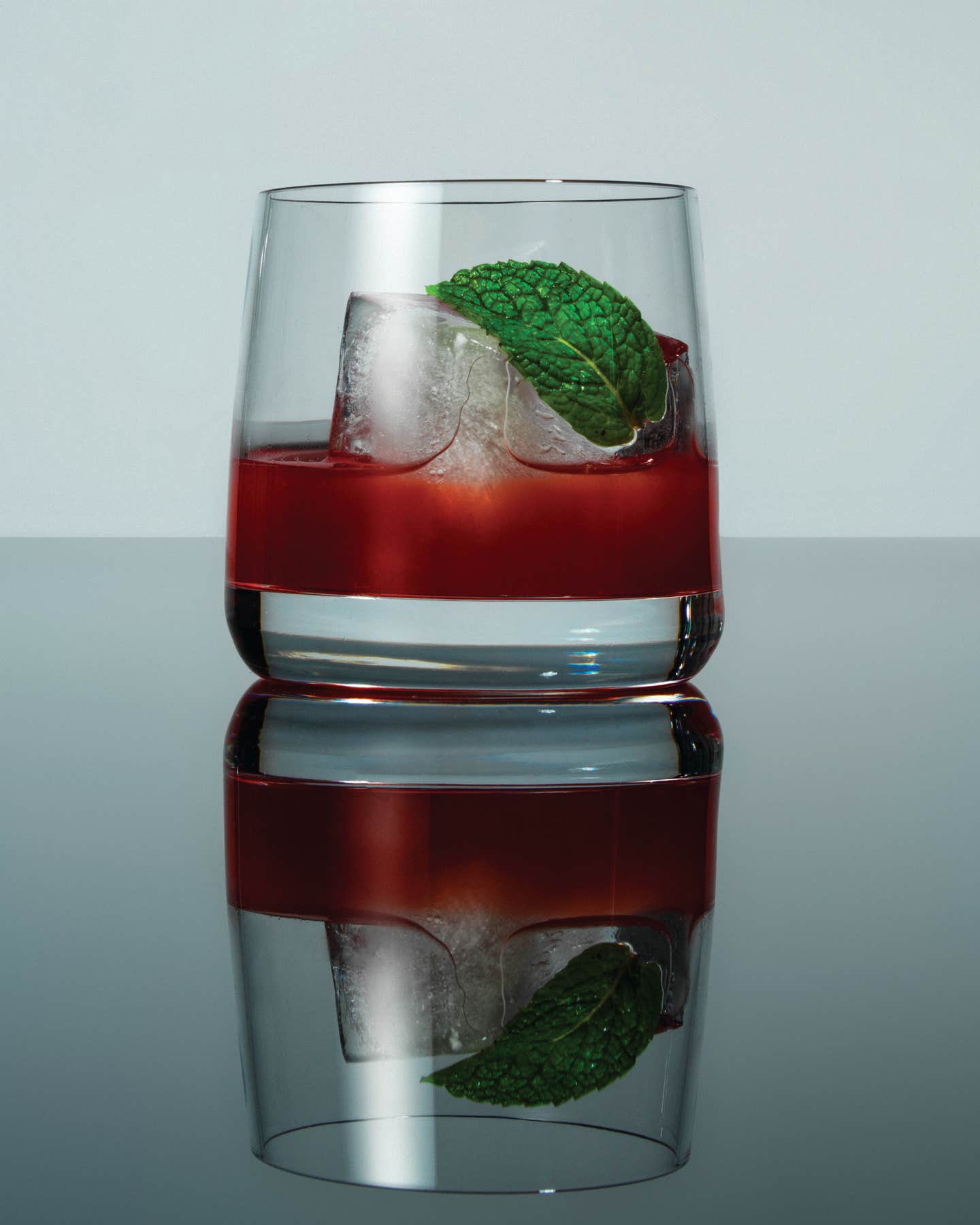
From shots to spritzes
Converging forces are propelling the baijiu revolution: immigration, tourism, innovative Chinese restaurants, and a global frenzy over all things fermented, to name a few. Nick Lappen, founder of the former Boston Baijiu Bar pop-up, says the liquor is currently where mezcal was a decade or two ago: “If you tried to tell bar managers that the fastest growing category of spirits today would be an at-the-time relatively unknown agave distillate from a few specific regions of Mexico, most wouldn’t have taken you seriously.”
My own aha moment happened in the 2010s, when I started seeing “baijiu bars” pop up in Asia and the U.S. I couldn’t believe the cocktails I was sipping—swirled with juices, syrups, and enlivening Asian herbs and spices—were built on the spirit that had made me crinkle my nose my whole life. It didn’t hurt that the drinks were often served in cozy, dimly lit digs decorated tastefully with Chinese motifs. At the New York City speakeasy Lumos, there were baijiu sesame coladas sweetened with mangosteen juice; Capital Spirits in Beijing blended baijiu and passionfruit syrup into Sichuan slings. But those early entrants were only the beginning.
Recipe: The Last Emperor
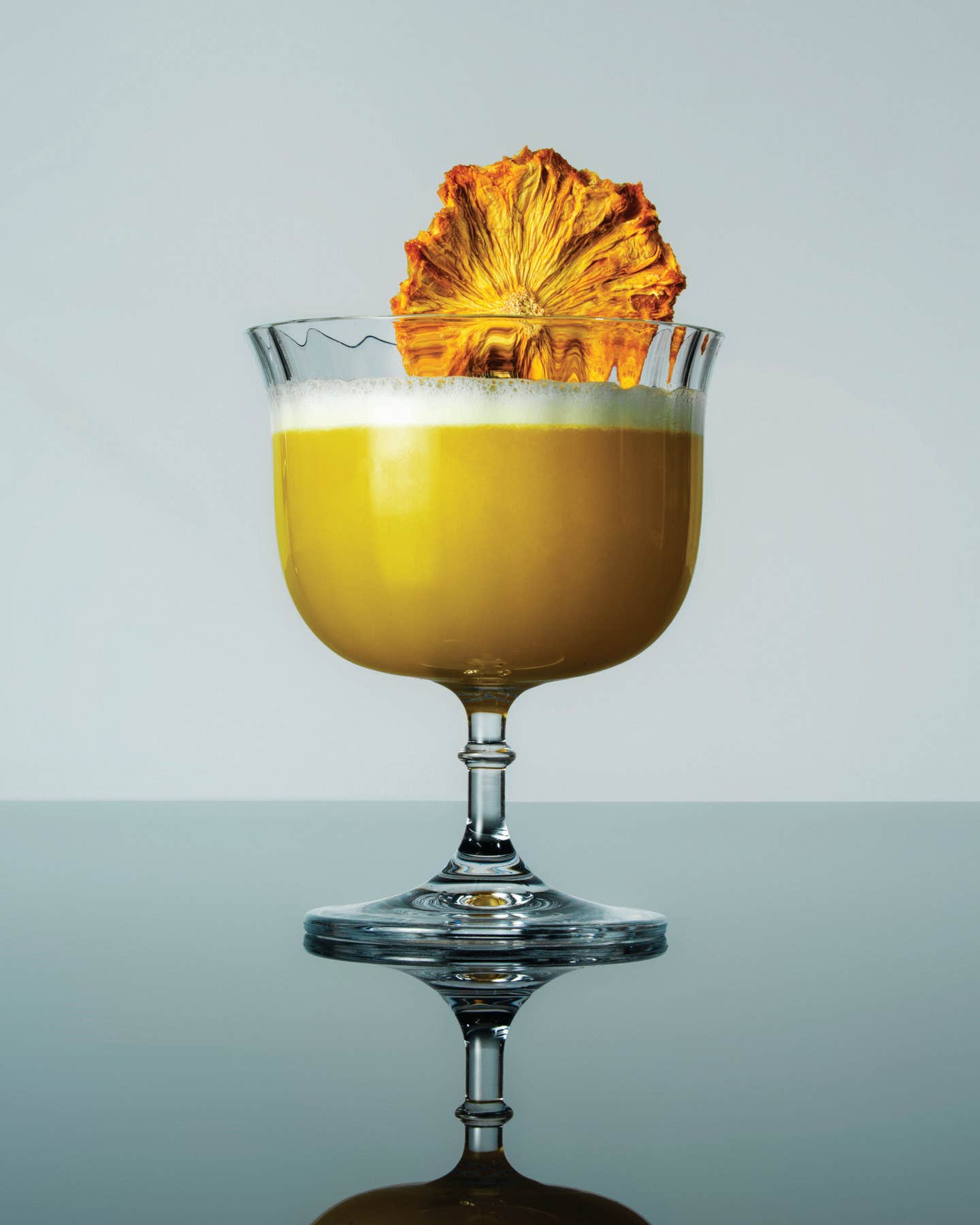
When Haoran Chen (born in China’s Guangdong Province and later raised in New York) dreamed up his Queens bar 929, he knew a baijiu creation belonged on the menu. After immigrating to the U.S. as a child, Chen “started to treasure” things that reminded him of home, he says. The Last Emperor, flavored with umeshu (Japanese plum wine) and spiked with the Taiwan-made light-aroma baijiu Kinmen Kaoliang, is YuChen’s regular order. “There’s a sense of pride in knowing this is from our home, and now we get to drink it here,” says YuChen.
Baijiu is entering the mixology mainstream, but the question remains: Why? Zoe Burgess, author of The Cocktail Cabinet: the Art, Science and Pleasure of Mixing the Perfect Drink, suspects the answer lies in the trendiness of terroir, as well as jiuqu’s ability to create highly local expressions in flavor and style. Then there’s the rise of regional Chinese restaurants and cookbooks that incorporate the spirit as an ingredient—even if it’s not always an easy sell. “Mixing baijiu into a cocktail” is the gateway, according to Tina Heath-Schuttenberg, co-founder of Kwei Fei, a Sichuan restaurant in Charleston, South Carolina that also offers baijiu flights.
Shake and swirl your own
If you find yourself with a bottle of baijiu that has slightly sweet undertones (like a rice-aroma variety), Lappen recommends reaching for rich, rounded flavors such as coconut, hazelnut, or chocolate. On the other hand, stone fruits and aromatic herbs can amplify the overripe-fruit notes of strong-aroma style baijiu. For those deeply funky bottles, try working in dark, earthy notes like coffee or soy sauce.
The mixer is your friend. A water-based beverage such as seltzer or tea helps temper the high ABV, Burgess notes. According to YuChen, earthy pu’er and floral Taiwanese high-mountain oolong are two teas that pair especially well with baijiu.
Recipe: Baijiu Chuhai
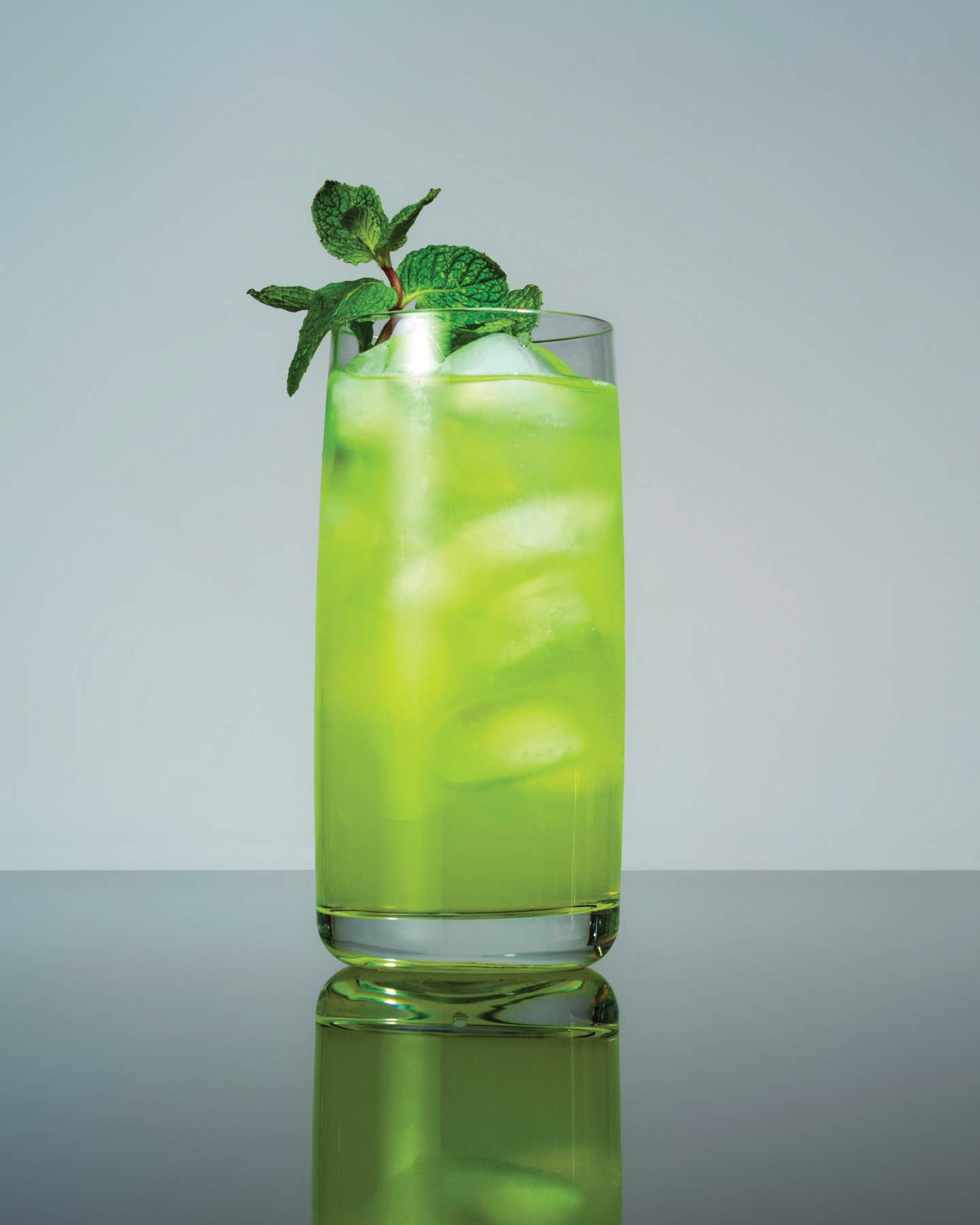
But of all the flavor pairings, citrus is perhaps the most unbeatable, says Lily Wang, co-owner of Chicago cocktail joint Nine Bar. “You need acid to balance out the bold flavor,” she explains. Her Baijiu Chuhai, inspired by Japanese shochu highballs, blends lemon juice and Calpico, a yogurty Japanese soft drink.
Many bartenders in the U.S. work with the widely available Ming River, a sub-brand of the historic Chinese distillery Luzhou Laojiao meant for mixing. But any baijiu can bring a compelling depth of flavor to a cocktail. The bottom line: Experiment. “People shouldn’t be afraid to try a few different bottles,” says YuChen, “because each one tastes different.”
With additional reporting by Jessie YuChen.
More Baijiu Recipes
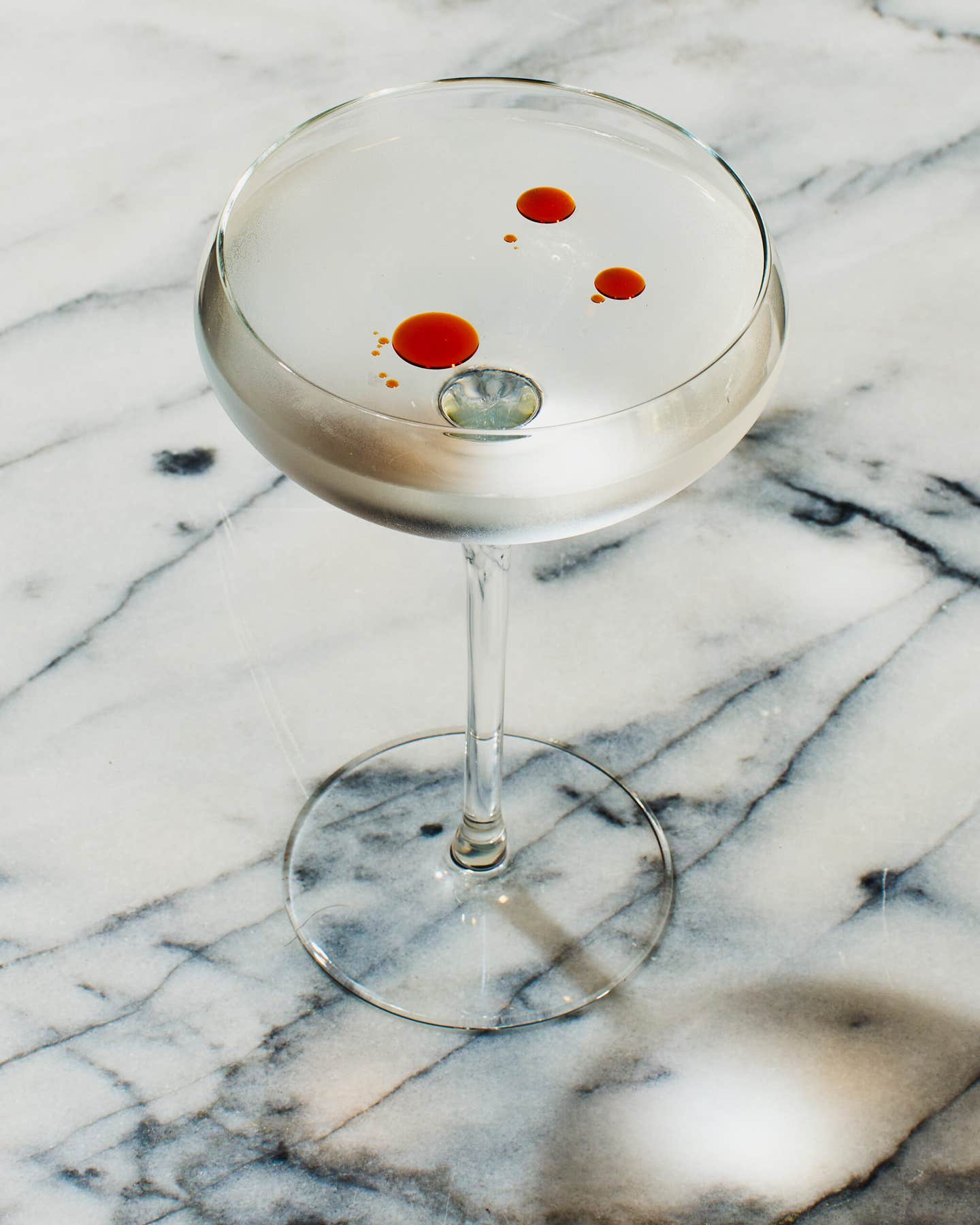
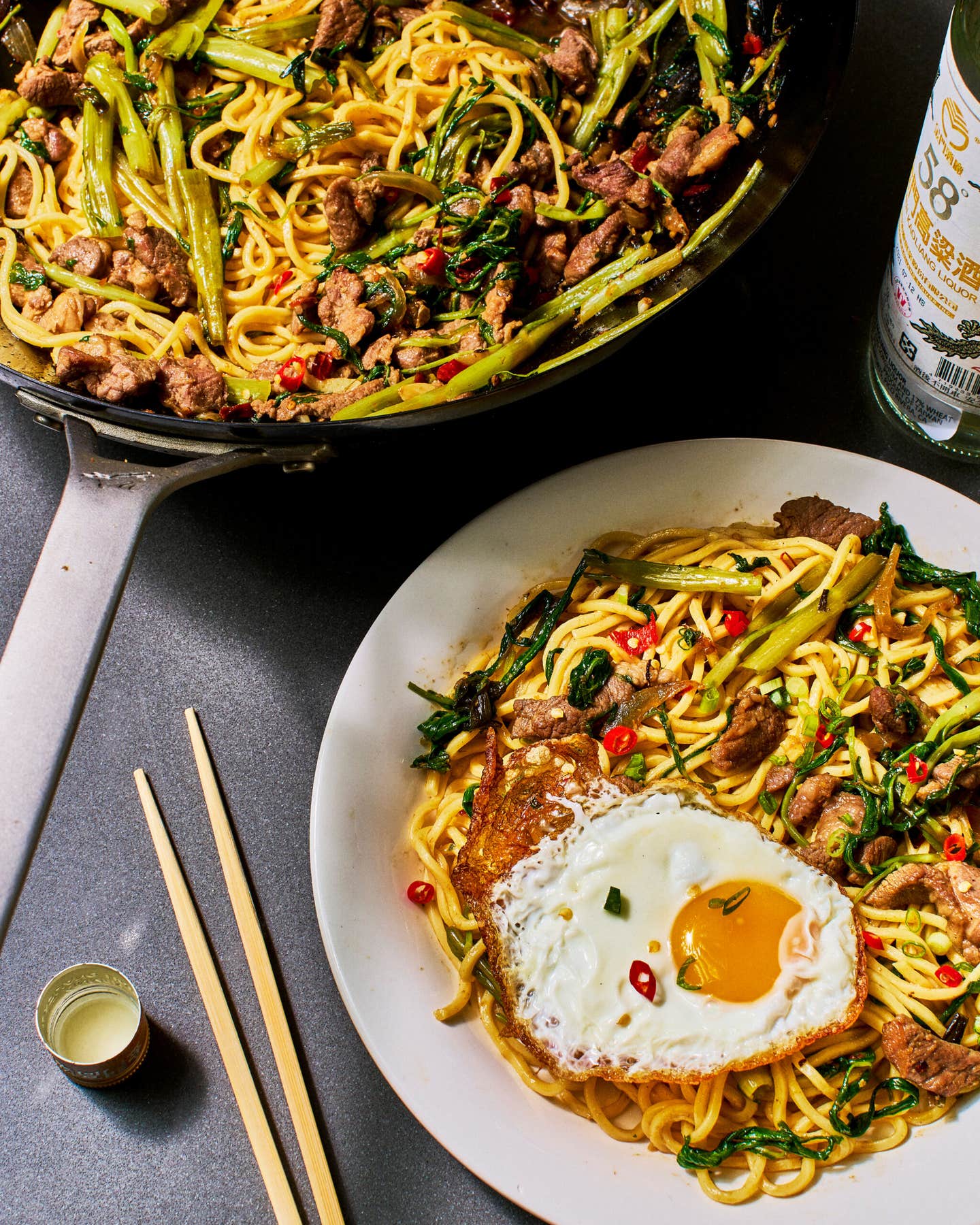
Keep Reading
Continue to Next Story


